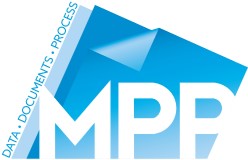GDPR – Systems are only 20% of the issue
GDPR Systems are only 20% of the issue..... Regular visitors to our site and readers of our blog will know just how important print, print security and document...
